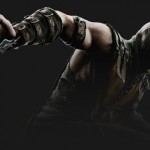AI isn’t coming. It’s already at your desk. And if you’re South African, chances are you’re ready to hit the ground running. A brand-new…
5 of Satya Nadella’s greatest first year hits as Microsoft CEO
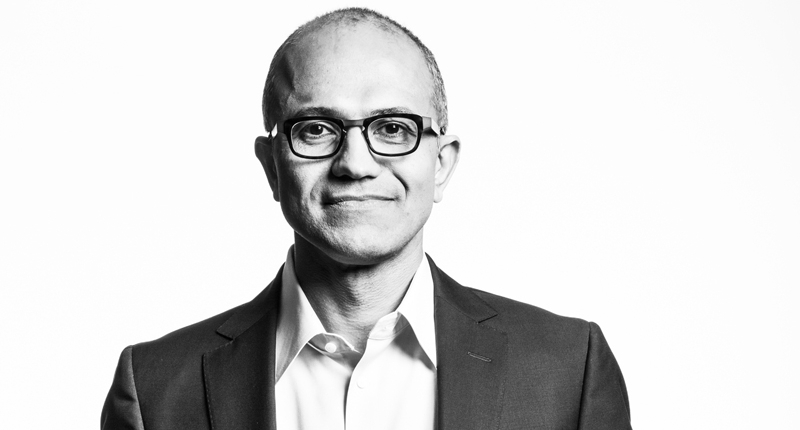
When Satya Nadella assumed the role of Microsoft CEO from the outgoing Steve Ballmer, the company had lost its way, especially in the operating system space. Its main cash cow wasn’t exactly mooing and the company’s hardware division was practically non-existent. So Nadella’s job was a big one.
But his first year at the helm of one of Earth’s biggest tech companies has been rather successful.
Marking a year since he took the reins today, we roundup the most inspired, most important and most impressive announcements, acquisitions and decisions that Nadella had overseen in his first year as Captain Microsoft.
1. Polishing the company’s Google Docs competitor, Office 365
Coming from a cloud computing background, Nadella knew what was wrong with Microsoft’s stagnant philosophy — the company just didn’t embrace new technologies quickly enough.
While Apple and Google made headway into emerging technologies, Microsoft was still languishing behind, and this is no truer in the cloud computing space. It’s true that Office 365 was conceived during Ballmer’s tenure as CEO, but under Nadella the product has matured into the enterprise and now household powerhouse it is today. It’s still nowhere near as popular as Google’s offerings, but it’s making headway into that previously monopolised space.

Why was this instrumental? Simply put, it allowed those who need Office to access it from any device, Mac OS X or Windows, and provided cloud storage space and free Skype minutes (and this is just for the consumer). It’s a great deal cheaper than full-blown Office as well if you’re not into paying for the entire suite once off.
What’s more, the Office for Windows 10 suite will be free on small tablets and smartphones running the company’s upcoming OS. Ballmer probably would’ve thought twice about that. Ultimately, it gives the end-user a reason to love Windows again, to paraphrase Nadella.
Read more: Microsoft Office for Android is now live, Outlook available for ‘preview’
2. Purchasing Mojang and subsequently Minecraft for US$2.5-billion
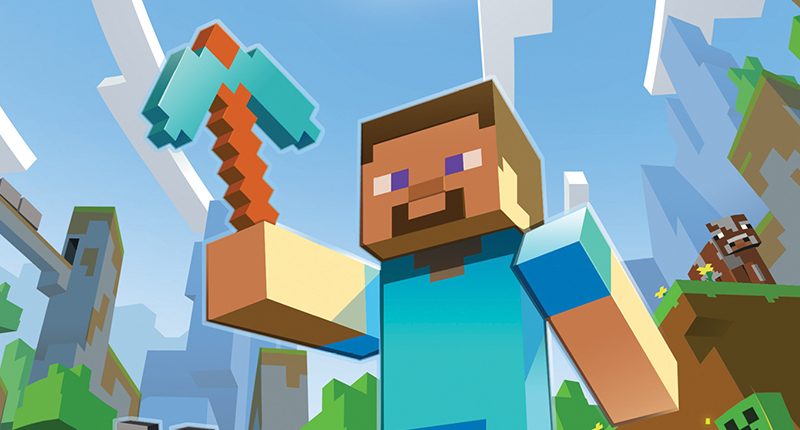
Purchasing the creator of one of the world’s most successful games was a decision that seemed curious at first, but it has blossomed into one of 2014’s great coups. It’s not all about Minecraft though.
Mojang’s cloud prowess brings a more sturdy base to the company branching out into the world, and Mojang‘s established user base is a good start. Additionally, isn’t Minecraft the next big cultural phenomenon?
Read more: Mojang sells itself to Microsoft for $2.5-billion, and here’s the reason why (besides money)
What was this instrumental? Well, appealing to the younger demographic is one of Microsoft’s goals with Windows 10 and the Xbox franchises — two of its most important platforms going forward. Associating with Minecraft might go a long way to solidifying that relationship with the youthful market. In essence, Microsoft’s cool again. And hell, the infrastructure (and the foreign base) that Mojang brings to the table isn’t half bad either.
3. Purchasing Nokia’s Devices and Services division for a cool US$7.5-billion
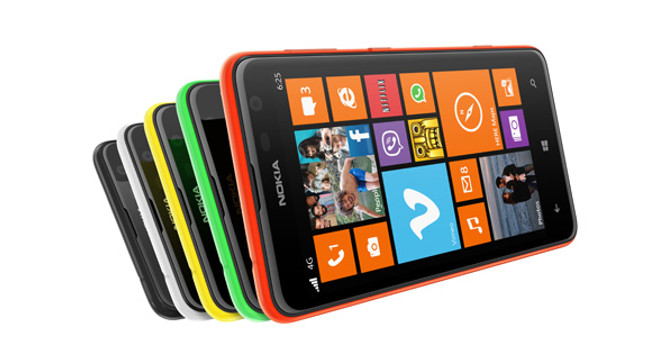
Another deal, another great deal.
Nokia‘s Devices and Services division wasn’t a healthy company when Microsoft swooped in and bought it last April. It was one of Nadella’s first moves, but the company had been taking an interest in the former phone giant for quite some time.
Nevertheless, the acquisition was an important one for both Nokia and Microsoft.
What was this instrumental? The acquisition introduced some much-needed “mobile-first” expertise into the company that focused primarily on PCs for much of its life. It also game Microsoft a platform on which it could build its own smartphone range, using the Lumia moniker. Think Apple’s iOS, Mac OS X and iDevice ecosystem, and you’ll have an interesting idea of what Microsoft could do with the Nokia acquisition.
Although the Nokia name lives on in cheaper phones, like the Nokia 215, Windows 10 should see that cross-device connectivity and ecosystem that we’ve been craving for quite some time.
Read more: It’s official, Nokia has got a new daddy… I mean owner
4. The yet-to-be-released but heavily hyped introduction of Windows 10

Without a doubt, Windows 10 has been the standout announcement of Nadella’s first year. The operating system embodies the CEO’s mobile and cloud first visions for the company, and hell, it’s a damn good OS too. For a Technical Preview, it’s ridiculously stable and slick and can only get better.
Addressing the UI issues and the enterprise unfriendliness of Windows 8 is Windows 10’s trump cards, and when the company announced that it would be free, that pretty much changed everything.
Why was this instrumental? The question should really read “why will this be instrumental?” For the reasons mentioned above, Windows 10 is the company’s apology for Windows 8. It’s also a giant push into the mobile computing space without upsetting desktop or enterprise users. With its Xbox integration, it’s also an OS for gamers and links the company’s two foremost products.
Additionally, the company is also branching out into markets and technologies that it hasn’t explored before, including the Raspberry Pi and Internet of Things.
Read more: HoloLens, Continuum and Cortana: Microsoft’s Windows 10 playbook
5. “Screw virtual reality, we introduce holographic reality with the HoloLens”
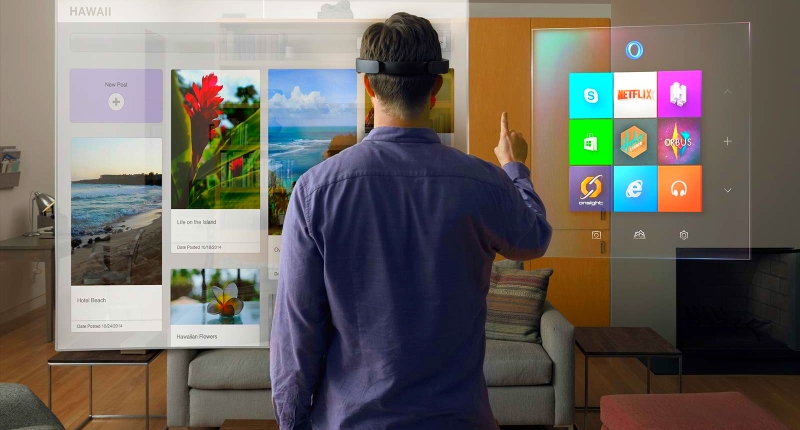
And lastly, this roundup wouldn’t be complete without the most impressive and surprising announcement from the company in many years.
With the race to build augmented and virtual reality headsets infects the tech industry, companies like Sony, Facebook, Google and even Epson are all jumping on board. But Microsoft? It has leaped over all of them.
The HoloLens is a fighter pilot-like optical device that lets the wearer interact with virtual objects in the real world. This means playing Minecraft “for real” with the goggles on is an entirely new possibility. It looks brilliant and boasts such a vast array of potential applications, that it could be Nadella’s party piece for years to come, just like the iPad and iPhone was for Jobs.
Why was this instrumental? It’s a new genre of computing, if you will. It’s also practical, powerful and personal. Users can watch television series in their living rooms without having television screens. But more importantly, it seems that it has a vast breadth of applications from manufacturing to personal amusement.
It will be an exciting addition to the Redmond family and its integration with Windows 10 also shows how important the upcoming operating system will really be.
Read more: Microsoft’s HoloLens looks better than Google Glass, but can it escape the same fate?
Closing thoughts
As year one comes to an end, it seems that Nadella has had a pretty great 365 days in charge, but things will only get more difficult. As investors grow a healthy garden of faith for the CEO, any slip up will be detrimental to the business. But for the most part, the future looks good. There’s Microsoft’s push into all things mobile with Windows 10 and all things virtual with HoloLens. The Lumia range will expand too and who knows, Microsoft might be eying a few more high-profile acquisitions this year.
With Nadella’s cloud-first mindset, the company will become ever more accepting of the space while its offerings should consider both the enterprise and the end-user. And mobile will slowly become the company’s cash cow, but I wouldn’t bet on this happening overnight.
The future is looking good for Microsoft and Satya Nadella.

